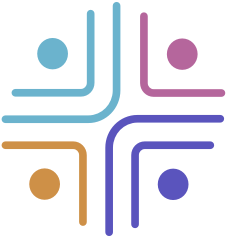From keeping your process blind to involving a multicultural team for recruiting, here are 14 answers to the question, “What are your most effective tips for creating an inclusive recruitment process?”
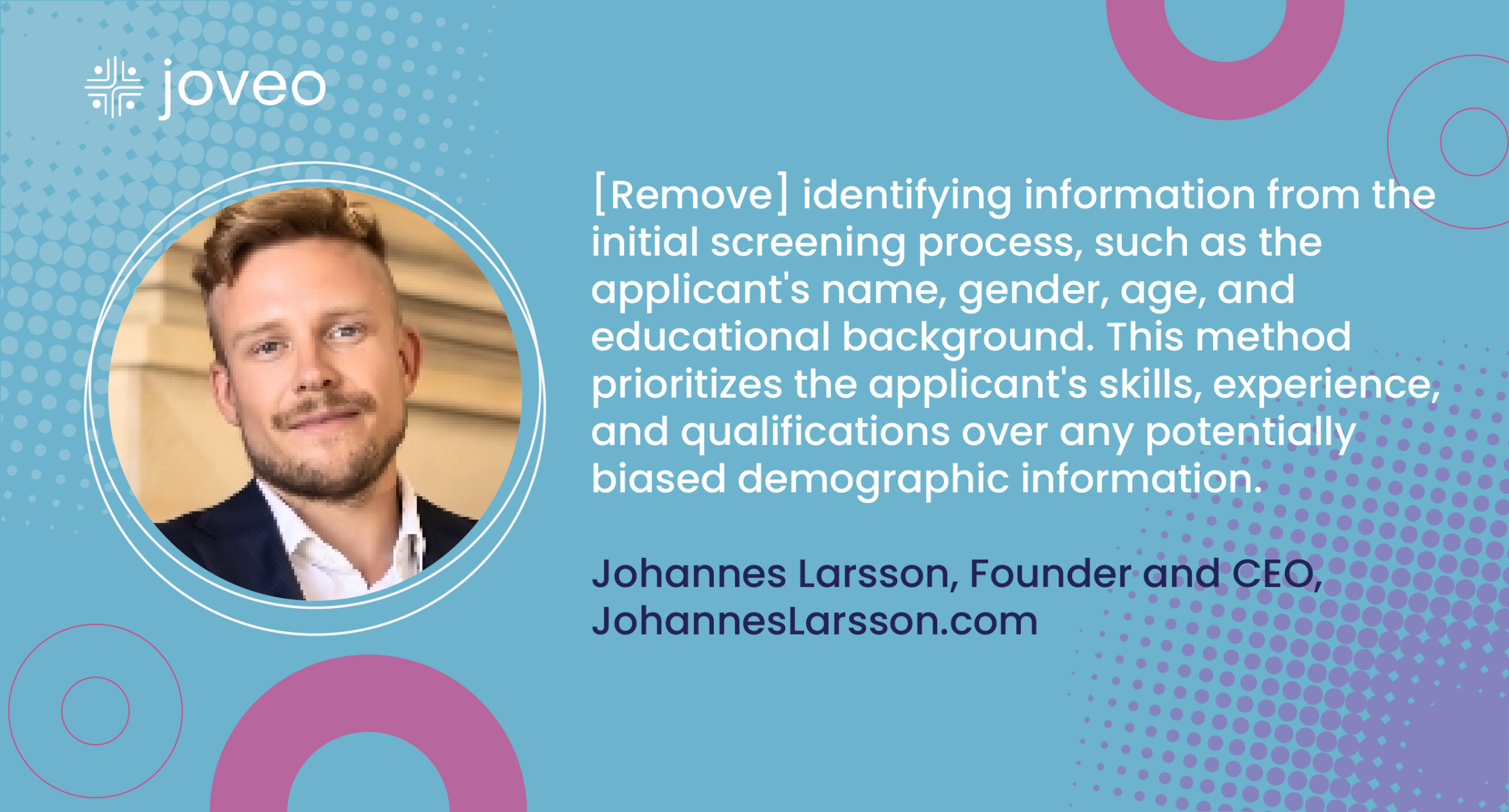
Use Blind Hiring Techniques
Use blind hiring techniques, specifically blind resume screening. This means removing identifying information from the initial screening process, such as the applicant’s name, gender, age, and educational background. This method prioritizes the applicant’s skills, experience, and qualifications over any potentially biased demographic information.
This technique helps in the elimination of unconscious bias during the hiring process, resulting in a more diverse and inclusive workforce. It creates a more level playing field for all applicants, regardless of their background, by focusing on what matters the most: what they can offer to the company and the position.
Johannes Larsson, Founder and CEO, JohannesLarsson.com
Hold Diverse Interview Panels
One tip to create an inclusive hiring process is to use diverse interview panels during the recruitment process. Involving people from diverse backgrounds on such panels can give a greater variety of perspectives and help ensure that candidates from all walks of life have equal chances of making it to the next round.
It also encourages applicants who might feel uncomfortable or unconfident to apply. Furthermore, diverse interview panels can help hiring managers identify candidates with complementary skill sets and experiences which might not be well represented in traditional recruitment methods.
Mariusz Michalowski, Community and Career Expert, Spacelift
Make sure you\'re prepped for success with our 2024 ultimate guide to diversity hiring.
Is DE&I a Priority for You in 2024?
Broaden Requirements for Inclusive Hiring
For creating an inclusive hiring process, one effective tip is to re-evaluate key buzzwords and qualifications to ensure they’re not unintentionally pushing away many candidates. This means taking a deeper look into the language used in job descriptions and avoiding words or phrases which can be seen as stating certain requirements which some applicants may not meet.
For example, if the role involves “significant” technical experience or requires being able to “strategize,” consider using more general terms like “proficient” or “planning” instead, since these could describe much broader areas of expertise in potential job applicants.
By broadening expectations, you can ensure your hiring criteria opens up more opportunities rather than narrowing them down.
Grace He, People and Culture Director, TeamBuilding
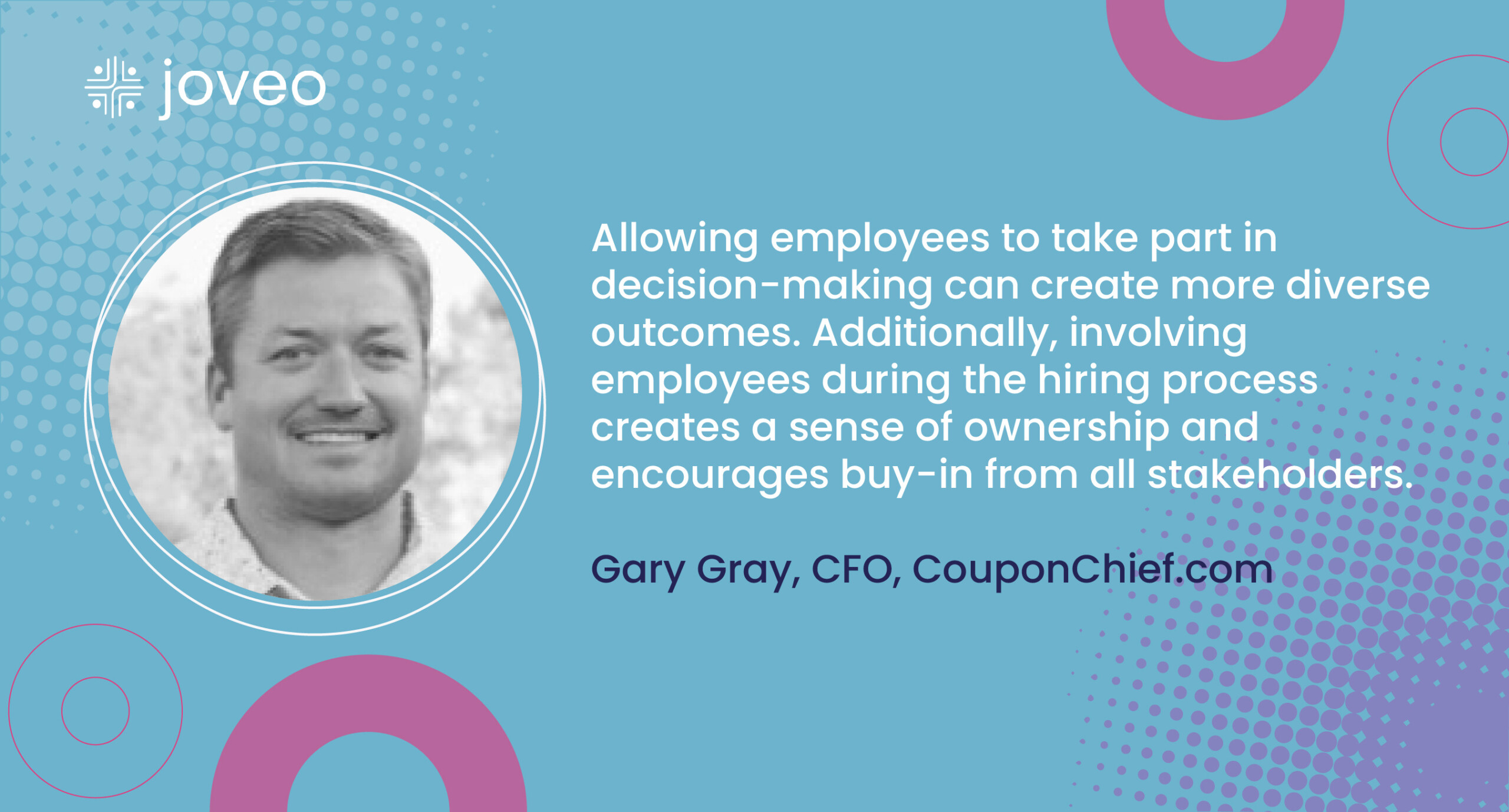
Involve Employees in the Hiring Process
Many organizations do not include employees in the hiring process, but allowing employees to take part in decision-making can create more diverse outcomes. Inviting employees to be actively involved in the hiring process can help ensure that job candidates from underrepresented backgrounds are given a chance.
It also allows employees to share their experiences and perspectives, which can lead to more diverse hires. Additionally, involving employees during the hiring process creates a sense of ownership and encourages buy-in from all stakeholders.
Gary Gray, CFO, CouponChief.com
Focus on Qualifications and Skills
One tip to create an inclusive hiring process is to focus on the candidate’s qualifications and skills rather than their demographics. This means that during the recruitment and selection process, the emphasis should be on the candidate’s experience, education, and abilities that are necessary for the role.
To do this, employers can start by reviewing and revising their job descriptions to ensure they include only qualifications that apply to the role. They can also use objective criteria when screening and evaluating candidates to eliminate bias and promote fairness in the selection process.
Kelli Anderson, Career Coach, Resume Seed
Develop Your EEOC Statement
You should comply with EEOC (Equal Employment Opportunity Commission) guidelines for embracing diversity and promoting an inclusive hiring process. Use this particular sentence in all job advertisements. Follow the four points to write a perfect EEOC statement:
- Keep it simple
- Make it genuine
- Highlight the culture of your workplace
- Check the EEOC of other companies
Here are some examples of the EEOC below for a better understanding:
Amazon:
“Amazon has always been, and always will be, committed to diversity and inclusion. We seek builders from all backgrounds to join our teams, and we encourage our employees to bring their authentic, original, and best selves to work.”
Textio:
“Textio embraces diversity and equal opportunity in a serious way. We are committed to building a team that represents a variety of backgrounds, perspectives, and skills. The more inclusive we are, the better our work will be.”
Saikat Ghosh, Associate Director, HR and Business, Technource
Eliminate Unconscious Biases
I can’t stress enough how important it is to remove biases from the process. It’s not always a straightforward task, but it’s a vital step in ensuring that all candidates are evaluated fairly, and we don’t miss out on top talent because of unconscious biases.
Let’s be honest, we all have biases—whether we’re aware of them or not. Unfortunately, these biases can lead to us overlooking qualified candidates who don’t fit our preconceived mold or meet our own personal criteria.
One way to remove biases is to use objective criteria for evaluating candidates. We should focus on the essential job qualifications and skills necessary for the role and use them as a baseline for evaluating resumes and candidates. This approach ensures that candidates are evaluated based on their abilities and qualifications, rather than on personal characteristics that may be subject to bias.
Kimberley Tyler-Smith, VP, Strategy and Growth, Resume Worded
Conduct Sample Testing
Before you meet or interact with a candidate, you can use sample tests in order to get a clear idea of their skills and abilities while remaining blind to any other deterring aspects. This will give employers a chance to judge hiring potential solely on how well a candidate can handle the job.
These kinds of blind tests will give employers a fair way to judge and compare each potential hire triggering no form of unconscious bias that might influence a hiring decision.
Employers should still try to train those involved in the hiring process to recognize and overcome their bias; blind tests are not a replacement for learning. Still, this is one procedure that can provide an immediate and positive impact on your inclusive hiring practices.
Max Ade, CEO, Pickleheads
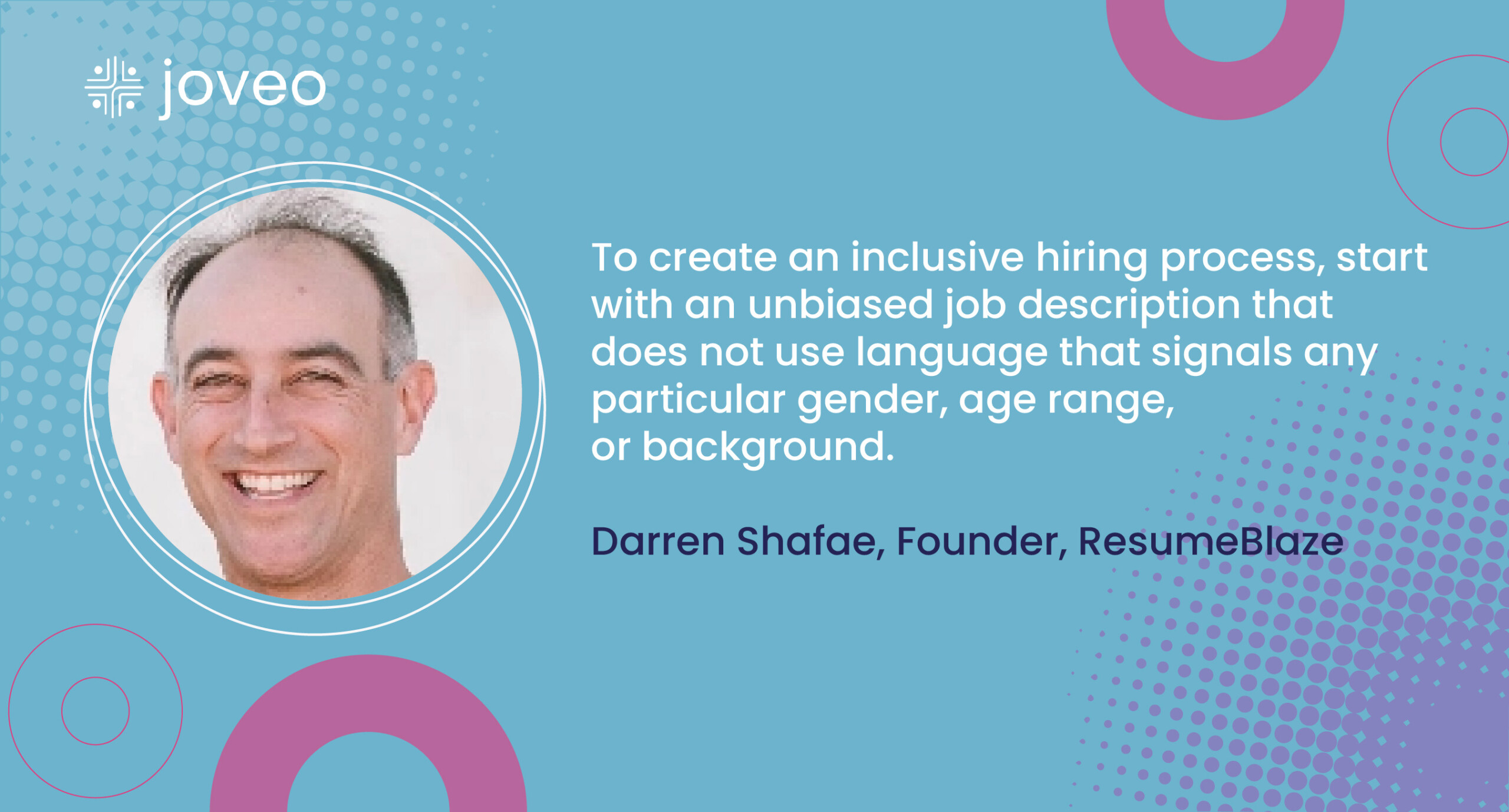
Write Inclusive Job Descriptions
Many times, job descriptions are written in a way that signals certain biases or preferences for a specific type of candidate, which can exclude certain people from applying. For example, male-sounding words like “aggressive” or “assertive” can deter female applicants, and this actually says more about the company and its values than the desired qualifications for the job.
To create an inclusive hiring process, start with an unbiased job description that does not use language that signals any particular gender, age range, or background. Make sure the language and wording are non-discriminatory and use words that are welcoming to all.
Additionally, articulate clearly the job’s purpose and desired qualifications with no unnecessary adjectives that could be seen as exclusive or biased. Doing this will ensure that you have a diverse pool of candidates to choose from and create a more inclusive hiring process.
Darren Shafae, Founder, ResumeBlaze
Approach With Diverse Sourcing Strategies
In the world of recruitment, a “one-size-fits-all” approach rarely works. So, to create an inclusive hiring process, organizations should also seek diverse sourcing strategies. This includes engaging with historically Black colleges and universities (HBCUs) to promote job postings and recruit from a wider range of candidates.
Organizations should also look into utilizing social media platforms like Twitter, Instagram, and LinkedIn to reach a larger audience. Finally, they should partner with organizations that specialize in helping underrepresented groups gain access to different employment opportunities.
Karl Robinson, CEO, Logicata
Prioritize Diversity and Inclusion Culture
Making diversity and inclusion a central aspect of the company culture can create a more welcoming and supportive environment for all employees, leading to greater productivity, innovation, and success. It means actively seeking diverse candidates and creating a workplace environment that values and supports individuals from different backgrounds and experiences.
You can establish employee resource groups or affinity groups that allow employees to connect based on shared identities or experiences. These groups can foster a sense of belonging and community, provide professional development and mentorship opportunities, and give employees a voice in shaping company policies and practices.
Companies can also offer training and development opportunities that address bias, cultural competence, and inclusivity issues. A more educated and aware workforce is better equipped to work effectively with colleagues and customers from diverse backgrounds.
Liam Liu, Co-Founder and CMO, ParcelPanel
Allow Candidates to Choose a Communication Method
Unbeknownst to many, an organization’s communication methods can severely impact candidates, particularly from a neurodiversity and socio-economic status (SES) perspective.
For example, candidates with dyslexia may struggle with long emails, lengthy documents, or automated messages. Instead, they may prefer the option to discuss the recruitment process verbally, with reasonable accommodations made for them.
Additionally, mandatory video interviews can be tricky for candidates from lower SES backgrounds who may not have access to a laptop or desktop device. Instead, the option of a telephone interview may be preferable, helping to avoid unnecessary embarrassment.
Therefore, I strongly recommend being flexible and allowing the candidate to decide which communication method suits them best.
Ben Schwencke, Business Psychologist, Test Partnership
Accommodate Individual Needs
You can create a more inclusive hiring process by making accommodations for individual needs. This can involve offering flexibility in the recruitment process, such as online interviews for people with mobility issues or scheduling interviews during the school day for parents.
By making allowances for individual circumstances, organizations can increase the talent pool and create a better recruitment experience. In turn, this can lead to a more diverse and inclusive workforce.
Lilia Koss, Community Manager, Facialteam
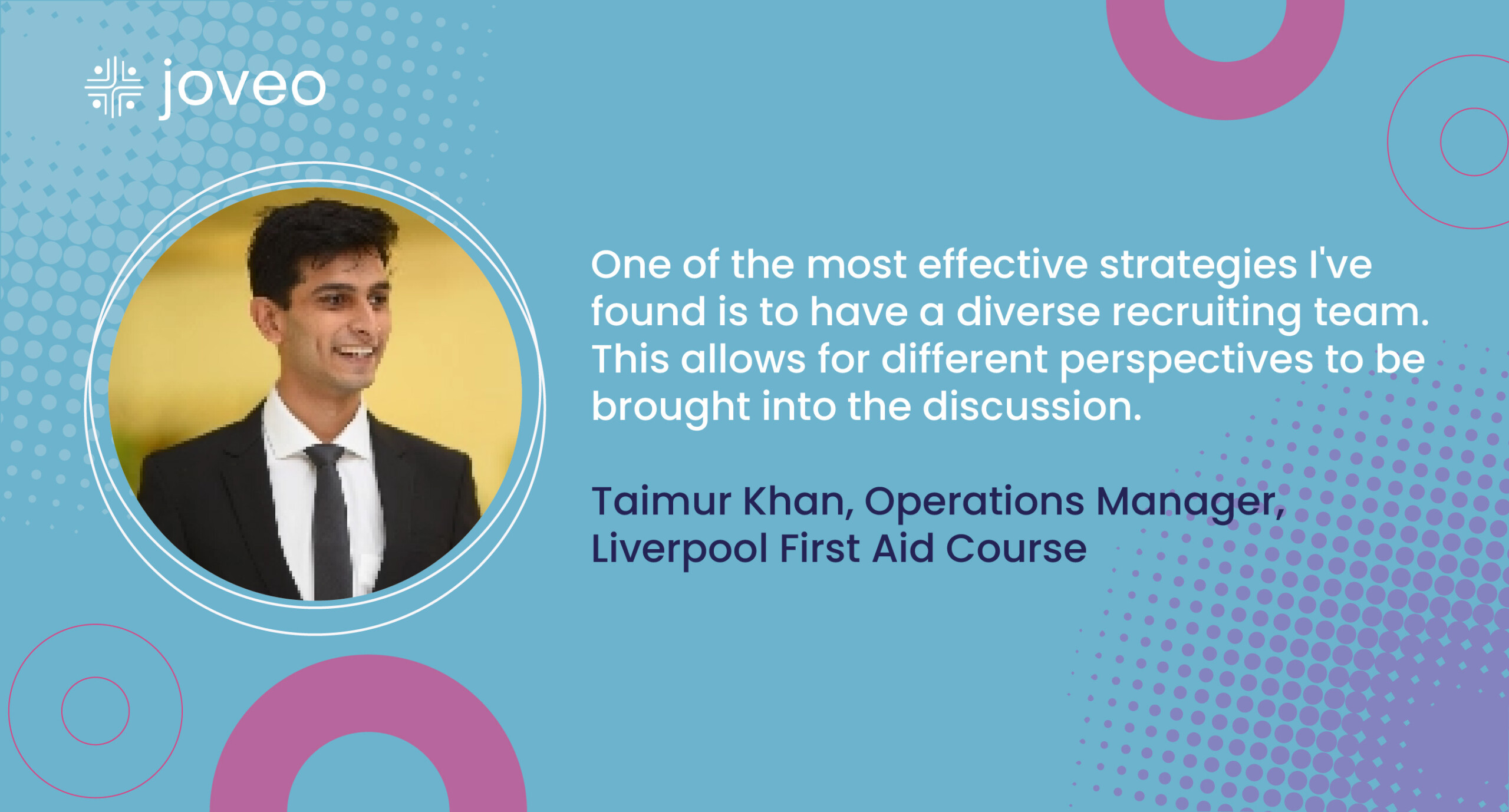
Gather a Diverse Recruiting Team
One of the most effective strategies I’ve found is to have a diverse recruiting team. This allows for different perspectives to be brought into the discussion about candidates and helps ensure that no decision involving candidate selection is based on a single point of view.
It’s also important to ensure the team includes those from groups that may have been underrepresented and excluded, for example, women, people with disabilities, or people from Black or ethnic minority backgrounds. Taking these small steps towards building greater diversity in recruitment processes has made our hiring process much more inclusive of all applicants.
Taimur Khan, Operations Manager, Liverpool First Aid Course
